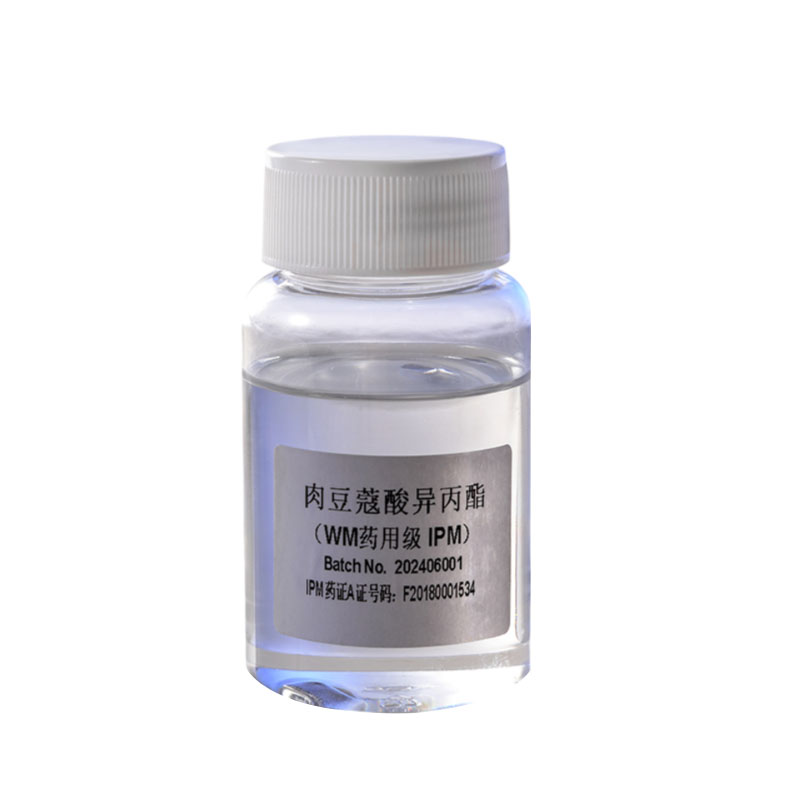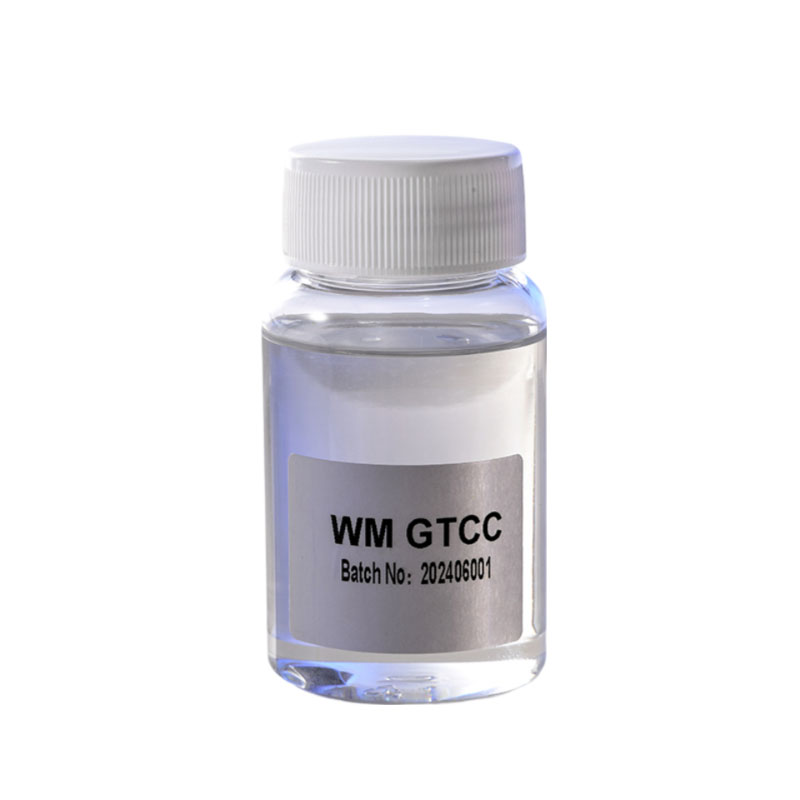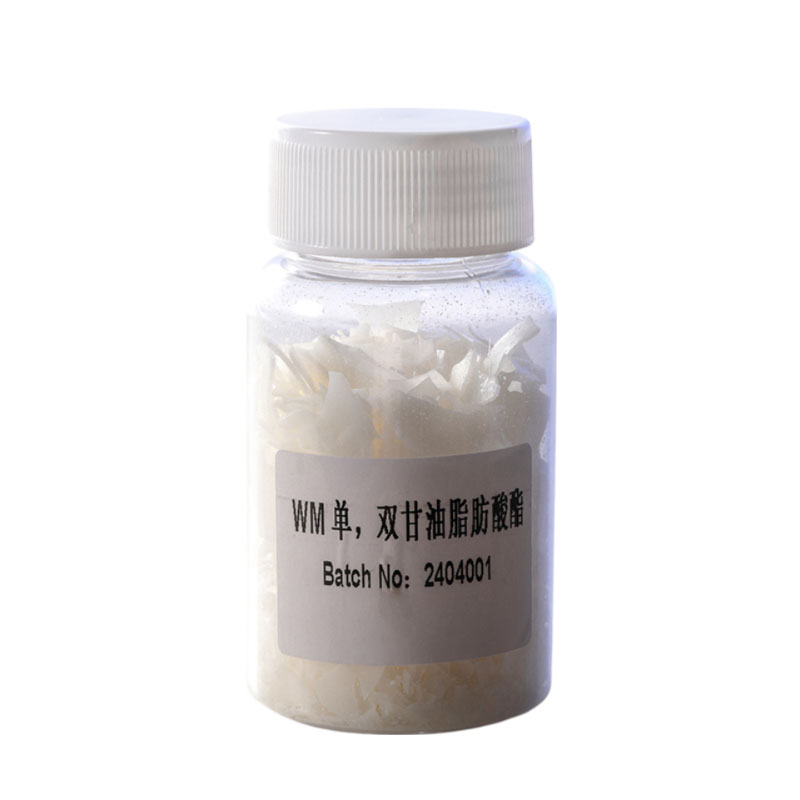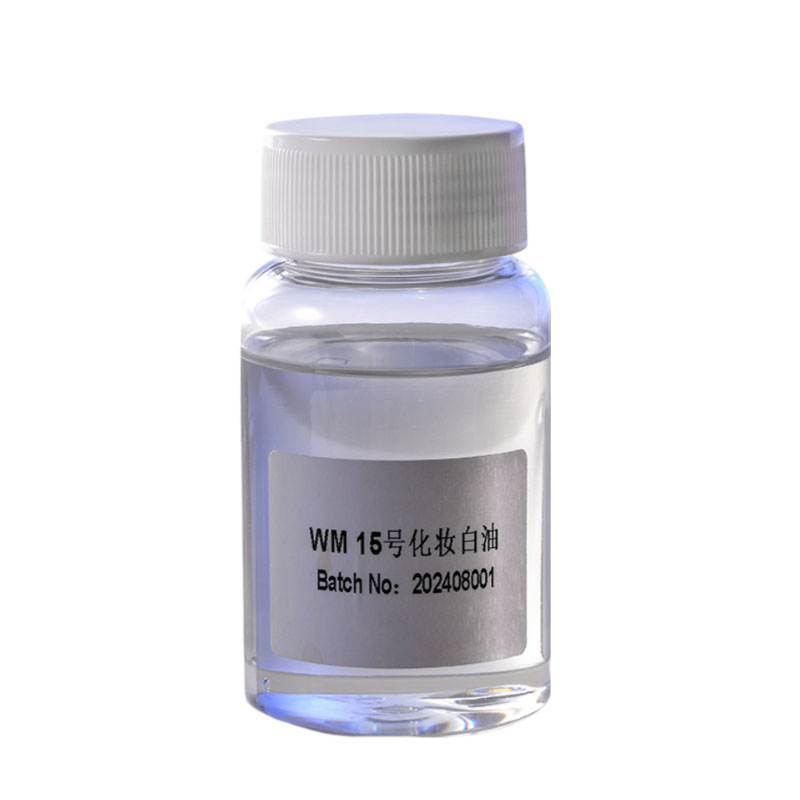What are the methods for using monoglyceride to improve dough stability and extensibility?
Release Time : 2025-04-28
In the baking industry, dough stability and extensibility are one of the key factors that determine the quality of the final product. Good dough properties not only affect the appearance and taste of the finished product, but are also directly related to the convenience of operation and cost control in the production process. As a multifunctional food additive, monoglyceride plays an important role in improving dough stability and extensibility.
Monoglyceride, also known as monoacylglycerol, is a highly efficient emulsifier that contains a hydrophilic hydroxyl group and two hydrophobic fatty acid chains in its molecular structure. This unique amphiphilicity enables monoglyceride to form a stable emulsion layer at the water-oil interface, thereby improving the physical properties of the dough. Specifically, when added to flour, monoglyceride can interact with gluten proteins and enhance the strength and elasticity of the gluten network, which is crucial to improving the stability and extensibility of the dough.
First, monoglyceride enhances the stability of the dough by promoting the formation of the gluten network. When making baked products such as bread and pastries, the construction of the gluten network is the basis for ensuring that the dough has sufficient elasticity and toughness to withstand the expansion of gas generated during fermentation. Monoglyceride can effectively insert between gluten molecules, increasing the degree of cross-linking between them, thus forming a tighter and more uniform network structure. In this way, the dough can not only better maintain its shape, but also expand more evenly during fermentation and baking, avoiding collapse or cracking.
Secondly, monoglyceride helps improve the ductility of the dough. Extensibility refers to the ability of the dough to not break when stretched, which is particularly important for processing steps such as rolling and shaping. Because monoglyceride can act as a lubricant inside the gluten network, it reduces the friction between gluten molecules, making the dough easier to stretch and less likely to break. In addition, monoglyceride can also help regulate the distribution of water in the dough, preventing adhesion problems caused by excessive local water, thereby making the dough surface smoother and easier to operate.
In addition to its impact on the gluten network, monoglyceride can also interact with other ingredients to further optimize dough performance. For example, it can bind to starch granules to prevent the aging process of starch, the so-called "rejuvenation" phenomenon. This not only extends the shelf life of the product, but also maintains a soft taste. In formulas containing oil, monoglyceride can be used as an emulsifier to disperse the oil into tiny droplets and evenly distribute it in the dough, which can ensure the functionality of the oil (such as adding flavor and moisturizing) without destroying the gluten structure and maintaining the good texture of the dough.
It is worth noting that in order to maximize the effect of monoglyceride, the correct addition method and technology should not be ignored. Usually, monoglyceride should be pre-dissolved in a small amount of oil or water and then added to the flour to ensure that it is evenly distributed throughout the dough system. In addition, it is also very important to adjust the amount of monoglyceride according to the specific formulation requirements. Although the right amount of monoglyceride can significantly improve the quality of the dough, excessive use may cause the dough to be too sticky, which is not conducive to processing.
In short, the method of using monoglyceride to improve the stability and extensibility of the dough mainly depends on its strengthening effect on the gluten network and the effective regulation of the internal structure and composition of the dough. By using monoglyceride reasonably, not only can a more ideal dough state be obtained, laying a good foundation for subsequent fermentation, shaping and baking, but it can also help improve the quality of the final product and meet consumers' dual pursuit of deliciousness and health. Whether it is home baking or large-scale industrial production, monoglyceride has demonstrated irreplaceable value.
Monoglyceride, also known as monoacylglycerol, is a highly efficient emulsifier that contains a hydrophilic hydroxyl group and two hydrophobic fatty acid chains in its molecular structure. This unique amphiphilicity enables monoglyceride to form a stable emulsion layer at the water-oil interface, thereby improving the physical properties of the dough. Specifically, when added to flour, monoglyceride can interact with gluten proteins and enhance the strength and elasticity of the gluten network, which is crucial to improving the stability and extensibility of the dough.
First, monoglyceride enhances the stability of the dough by promoting the formation of the gluten network. When making baked products such as bread and pastries, the construction of the gluten network is the basis for ensuring that the dough has sufficient elasticity and toughness to withstand the expansion of gas generated during fermentation. Monoglyceride can effectively insert between gluten molecules, increasing the degree of cross-linking between them, thus forming a tighter and more uniform network structure. In this way, the dough can not only better maintain its shape, but also expand more evenly during fermentation and baking, avoiding collapse or cracking.
Secondly, monoglyceride helps improve the ductility of the dough. Extensibility refers to the ability of the dough to not break when stretched, which is particularly important for processing steps such as rolling and shaping. Because monoglyceride can act as a lubricant inside the gluten network, it reduces the friction between gluten molecules, making the dough easier to stretch and less likely to break. In addition, monoglyceride can also help regulate the distribution of water in the dough, preventing adhesion problems caused by excessive local water, thereby making the dough surface smoother and easier to operate.
In addition to its impact on the gluten network, monoglyceride can also interact with other ingredients to further optimize dough performance. For example, it can bind to starch granules to prevent the aging process of starch, the so-called "rejuvenation" phenomenon. This not only extends the shelf life of the product, but also maintains a soft taste. In formulas containing oil, monoglyceride can be used as an emulsifier to disperse the oil into tiny droplets and evenly distribute it in the dough, which can ensure the functionality of the oil (such as adding flavor and moisturizing) without destroying the gluten structure and maintaining the good texture of the dough.
It is worth noting that in order to maximize the effect of monoglyceride, the correct addition method and technology should not be ignored. Usually, monoglyceride should be pre-dissolved in a small amount of oil or water and then added to the flour to ensure that it is evenly distributed throughout the dough system. In addition, it is also very important to adjust the amount of monoglyceride according to the specific formulation requirements. Although the right amount of monoglyceride can significantly improve the quality of the dough, excessive use may cause the dough to be too sticky, which is not conducive to processing.
In short, the method of using monoglyceride to improve the stability and extensibility of the dough mainly depends on its strengthening effect on the gluten network and the effective regulation of the internal structure and composition of the dough. By using monoglyceride reasonably, not only can a more ideal dough state be obtained, laying a good foundation for subsequent fermentation, shaping and baking, but it can also help improve the quality of the final product and meet consumers' dual pursuit of deliciousness and health. Whether it is home baking or large-scale industrial production, monoglyceride has demonstrated irreplaceable value.









